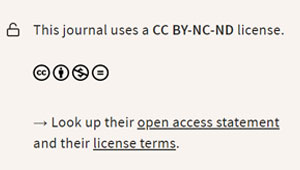Génesis Andreina Mendoza Rodríguez, Pedro Harrys Lozano Mendoza, Carlos Alberto Nieto Cañarte, Víctor Manuel Guamán Sarango
DOI: 10.59427/rcli/2023/v23.117-124
Valencia is located in the northern part of the province of Los Ríos in the center of the country, Ecuador. It is characterized by a monsoon climate with two distinct seasons; rainy (January-May) and dry (June-December). The study area reports many impacts of hydrometeorological events in the banana distribution zones associated with wet and dry events such as floods and droughts that affect the development of the product. The objective of this research was to determine the geographical distribution of banana cultivation and its potential changes in climate during the 21st century, associated with two types of scenarios; favorable (SSP1) and pessimistic (SSP5) in the canton of Valencia, Ecuador. The “land use coverage” database was used to identify the current geographical distribution zones of banana in the canton of Valencia. Simultaneously, reduced Worlclim simulations from the Climate Model Intercomparison Project 6 (CMIP6) were used to simulate future changes with periods of 2020-2040, 2041-2060 and 2081-2100 with agroclimatic parameters (precipitation “Pr”, minimum temperature “Ti” and maximum temperature “Tx”), with spatial resolution expressed as minutes of degree of longitude and latitude of 30 seconds and biophysical (natural drainage, elevation, depth, hydrogen potential, slopes, stoniness, organic matter, soil texture, salinity). Banana cultivation covers an area of 15972.23 hectares in the entire canton, which could be affected by the climate impacts of the CMIP6 scenarios. The results show that a drier future will be characteristic of the climate in the canton of Valencia at the end of the 21st century. It is expected that by the end of the 21st century, the conditions of the SSP5 climate scenario will affect banana geographical distribution zones, human and environmental systems.
Pág. 117-124, 12-Nov,








